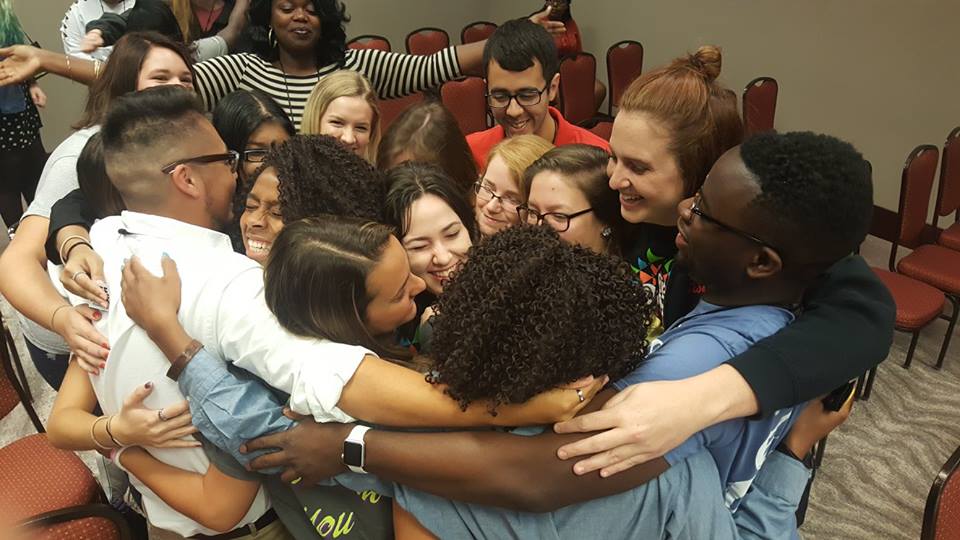
An Inside Look:
Yesterday, my friend Emily, a nurse at Bridgeport Hospital, shared some insight from her experiences on the Surgical & Telemetry floor. She explained the way Holistic Health is being implemented in the hospital, while also offering an interesting perspective on the medical system. Throughout our conversation we touched on the importance of compassionate bedside manner, and replacing synthetic pharmaceuticals with gentle, natural healing methods.
Nursing is holistic because it focuses on the overall wellness of the patient, rather than treating the disease.

Natural Remedies
“It is more important to know what sort of person has a disease than to know what sort of disease a person has.” -Hippocrates
Doctors tend to treat pain with Morphine, insomnia with Ambien, Ativan for anxiety and so on. While each prescription proves to show short-term benefits, the risk of debilitating side effects are still quite high. This is where alternative medicine comes in. The first step to integrating a more holistic treatment is to educate the public on alternative methods. Herbalism, for example, is widely accessible at any library, or with a quick google search. PubMed.Gov is a wonderful place to start!
Here is an example of an article you may find:
Herbal Medicine for Depression, Anxiety and Insomnia
Emily has also described her experience using deep breathing exercises, gentle touch, and relaxing music as a way to ease a patient in distress. There is no magic pill to solve all your problems. As Emily explains, healing potential is within!

“In my personal ideal world, hospitals would use less medication to treat things like anxiety, depression, pain, and insomnia, and instead use more therapeutic, natural techniques such as therapeutic communication, touch, music, essential oils, and breathing techniques.”
As Above; So Below
The Hermetic Principle of Correspondence explains how our external environment, (what we see and perceive), is often the reflection of our internal well-being. A dark, unorganized space, removed from nature, may be an indicator of poor health. We already know of the healing power of sunlight, which can instantly improve your mood. All hospital rooms should include at least one window, for a daily dose of sunshine surely aids the healing process.
Working in the hospital, Emily often witnesses roommates having trouble getting along. If you ever find yourself in this situation, remember: a genuine social bond is the best kind of medicine. Be a friend, and you’ll have a friend in return. You’ll be surprised how powerful and invigorating a friendship can be!

Emotion = Energy in Motion!
A doctor may only see people for ten minutes at a time, while nurses, like Emily, spend 24 hours per day with their patients. This gives a nurse a great chance to form an emotional bond with each patient! Creating these relationships, however, is easier said than done.
“I often feel like my job is ‘drive by.’ As soon as a good conversation starts, my phone rings, or I look at my watch and realize I’m getting behind on the time I need to assess my five other patients.”

It can be tough to make friends when you’re so busy, but with the small amount of time you do have, it is possible to still empower the people around you. Emily offered some great insight on how to bond with her patients:
“If the person is confused, I simply go along with whatever scenario is in their head. If they say they’re at the diner and it’s 1951, then we’re at the diner and it’s 1951. If the patient is frustrated or angry at their situation, I’ve found being empathetic to their emotion is the best thing to do. If you get defensive or try to de-escalate their emotion, it only gets amplified. When you’re WITH someone rather than against them, they begin to trust you.”
Story Time
I’d like to share a story of Emily’s interaction with one of her patients.
One of my most memorable experiences of this was working with a 40-year-old woman who had suffered a stroke. The entire right side of her body was flaccid. She thought her life was over. She looked at me with tears and said, “All I want is to take a step.” All day, it had taken two of us to stand her up (due to her inability to press down on the floor with her right foot, or the walker with her right hand). I had been encouraging her all shift, reminding her to acknowledge the right side of her body. Many people who have strokes forget that the non-functioning side of their body exists, because the mind tells it to do something and it doesn’t. After working with this woman for 10 hours, encouraging her to believe in herself and to keep trying, I was fortunate enough to witness her put all her weight into the right leg, and take a shuffling step to the side. It was far from perfect, but she DID IT! Her emotional strength and perseverance was what allowed her to make that move. Witnessing the power of the mind form this miracle sent chills up my entire spine. Being there in that moment, and seeing her strength made me a firm believer that the mind controls our health. What manifests in the mind, manifests in the body.
